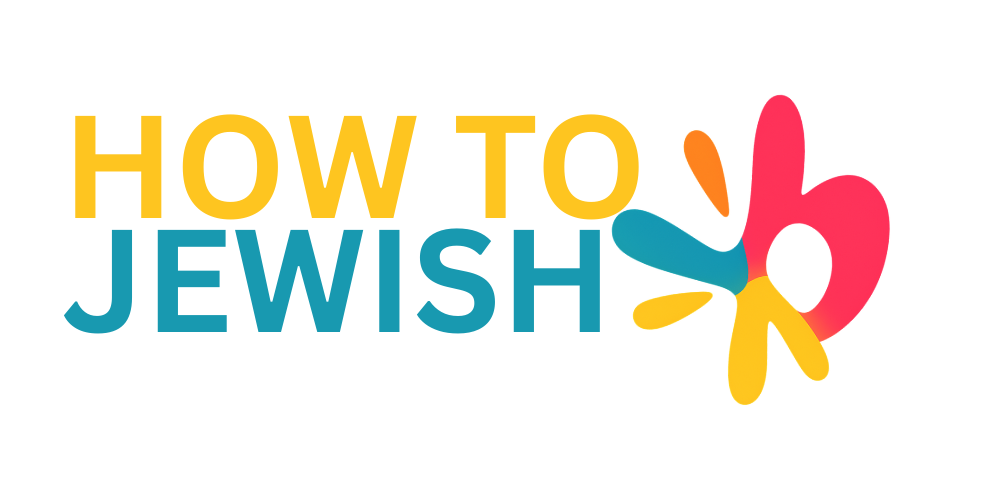“`html
Challah and HaMotzi: The Significance of Bread in Jewish Tradition
In Jewish tradition, bread holds a special place, symbolizing sustenance, blessing, and the essence of life itself. Among the many customs surrounding bread, the rituals of Challah and the recitation of HaMotzi stand out. In this article, we will explore the meaning behind these practices and how they connect us to our Jewish heritage.
What is Challah?
Challah refers to the braided bread that is traditionally eaten on Shabbat and during Jewish holidays. The origin of this custom can be traced back to the Torah, which instructs us to separate a portion of dough (known as Challah) as an offering when baking bread. This act not only honors the mitzvah but also serves as a reminder of the Holy Temple’s offerings.
There are several important aspects to consider when discussing Challah:
- Types of Challah: Challah can come in various shapes and flavors, often braided into beautiful loaves. While the basic recipe is straightforward, many families introduce their own twists by adding ingredients like raisins, honey, or seeds.
- Preparation: Challah is typically prepared on Friday to be eaten on Shabbat. The process of kneading and braiding the dough can be a meaningful family activity, symbolizing unity and tradition.
- Separation of Challah: During the baking process, a small piece of dough must be set aside, traditionally about the size of an olive. This act is done before any of the dough is formed into loaves and is often burned as an offering.
The Ritual of HaMotzi
Before enjoying a meal that includes bread, Jewish law prescribes the recitation of HaMotzi, a blessing that acknowledges God as the source of all food. The full blessing is:
“Baruch Atah Hashem, Elokeinu Melech HaOlam, HaMotzi Lechem Min Haaretz.”
This translates to: “Blessed are You, Lord our God, King of the Universe, Who brings forth bread from the earth.” The act of saying HaMotzi serves multiple purposes:
- Gratitude: Expressing thanks to God for the bread reflects an acknowledgment of His providence in our lives.
- Mindfulness: Reciting HaMotzi encourages us to be mindful of the blessings we have, cultivating an awareness of the simple yet profound gift of food.
- Connection: Saying this blessing before meals strengthens the bond between our physical sustenance and spiritual well-being.
How to Properly Perform the HaMotzi Blessing
To perform the HaMotzi blessing, one should follow these simple steps:
- Ensure that you have two whole loaves of Challah. It is customary to use two loaves to symbolize the double portion of manna that fell in the desert.
- Before reciting the blessing, wash your hands. This act of netilat yadayim (hand washing) signifies spiritual cleanliness before partaking in the meal.
- After washing, hold the Challah loaves with both hands and recite the HaMotzi blessing.
- Once the blessing is completed, it is customary to take a small piece of the Challah, break it, and then share with those at the table, reinforcing community and connection.
Challah and HaMotzi in Our Lives
These practices serve as more than just rituals; they form a bridge connecting our present lives with Jewish history and tradition. Whether it’s the act of baking Challah or reciting HaMotzi, engaging in these customs invites spirituality into our daily lives and teaches us gratitude for the simplest blessings.
In many homes, the aroma of freshly baked Challah permeates the air on Friday afternoons, marking the approach of Shabbat. It becomes a centerpiece of our tables, inviting family and friends to gather and share in the joy of Jewish life.
Conclusion
Understanding Challah and the blessing of HaMotzi deepens our appreciation for our heritage and the significance of food in

No comment yet, add your voice below!